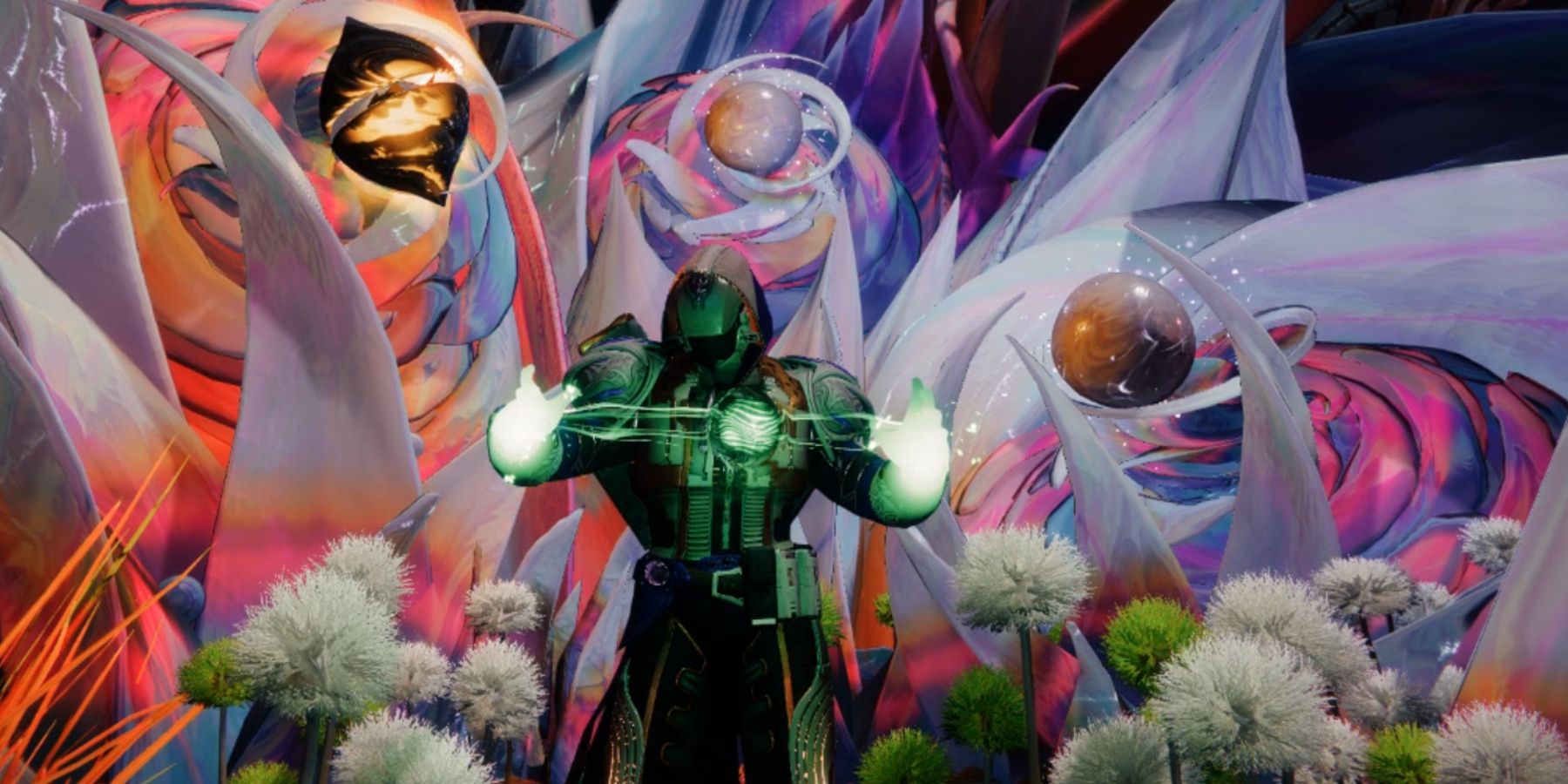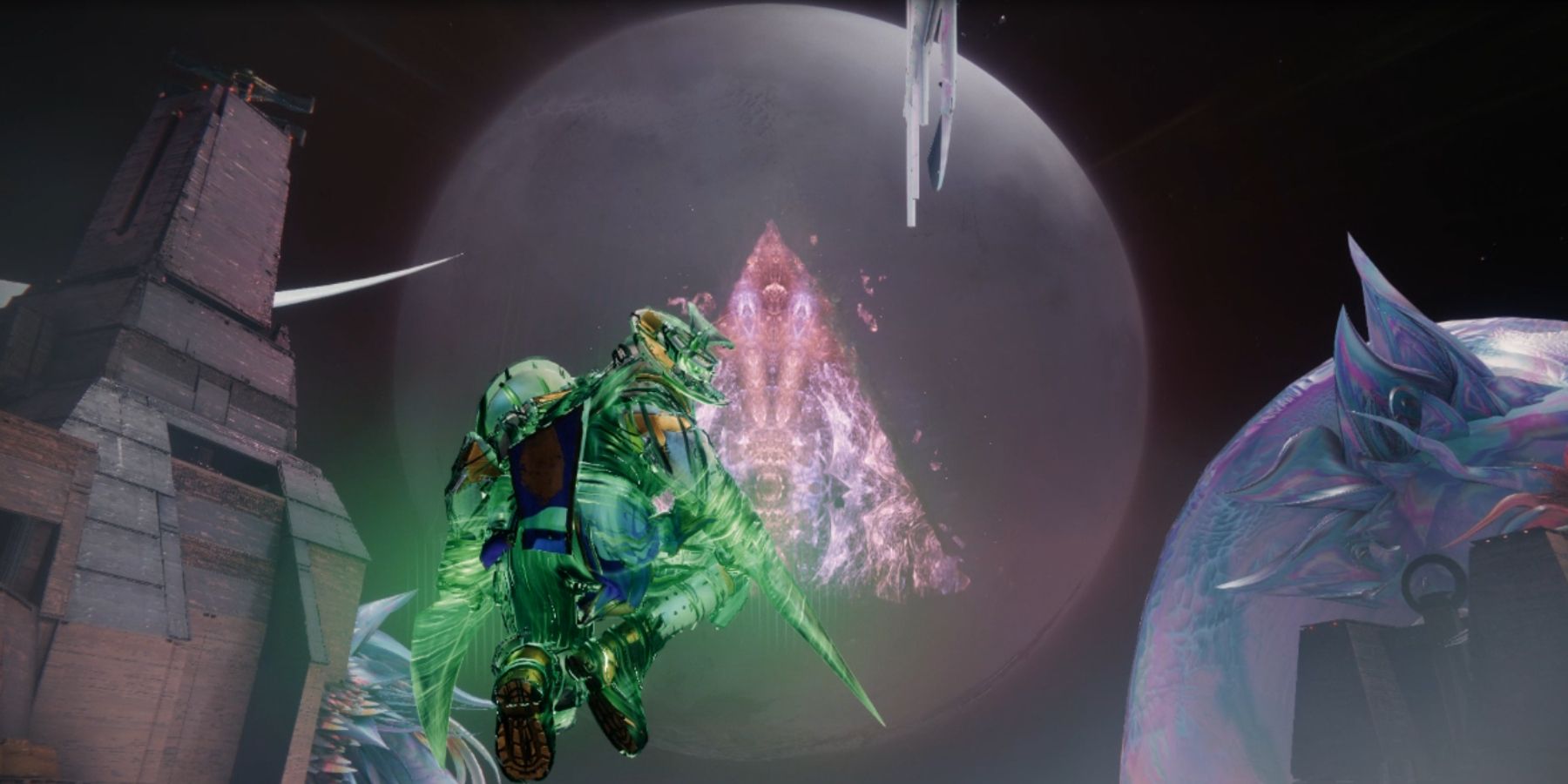The Lightfall campaign has been out for long enough for players to have been taking the newest Strand subclass for a spin throughout Destiny 2's different activities. The campaign missions allow players to unlock the Strand subclass, along with a couple of introductory moments to demonstrate the abilities that it is capable of. For most of the opportunities that Destiny 2's new campaign gives players to use the Strand, the cooldown rate on all abilities is improved for a better first-time experience, though the campaign relatively underutilizes the Strand subclass. Despite the incentive of having access to improved cooldowns, usage of the Strand in the Lightfall campaign is almost always focused on the main abilities and with no customization.
While the Lightfall campaign has some particular platform sections and other prominent uses for the Strand subclass' new mobility kit, Destiny 2's new Raid, Root of Nightmares, has a lot more practical uses for the new subclass. The campaign even features a timed crash course in the Headlong mission that is perfect for the Strand subclass' mobility, although there is an unrealistic amount of Strand training wheels in this activity compared to the rest of Destiny 2's regular content. While there may not be infinite Strand grapple points around the sky to use, the terrain throughout the Root of Nightmares Raid still makes more than an adequate playground for using the Strand's abilities.
Using Strand in the Root of Nightmares Raid
Mobility and speed in the new Raid are a must, especially for fireteams that plan on surviving each encounter with minimal deaths. Root of Nightmares emphasizes fast-paced puzzles just as much as damage encounters with powerful foes, which is a slight change of pace compared to previous Raids. This means that for the most part, having access to great mobility is equally as important as bringing the right weapons to deal with Root of Nightmares' bosses. In the Root of Nightmares Raid, high mobility makes the difference between life and death.
Essentially, all of the Raid encounters can benefit from Strand in terms of utilizing the subclass' focus on mobility. One Strand feature that solo players might not have had access to in the campaign is the opportunity to grapple using a variety of different targets, including grappling onto Destiny 2's rockets and other players. Being able to group up at other players' locations quickly can be essential to making the most of a boss-damage phase.
Strand's mobility can also be used in the Raid to help runners complete their tasks fast enough to avoid running out of time and consequently killing the whole fireteam. The main task for runners requires players to collect and deposit a charge between specific points in a timely manner. While fireteams can opt to have multiple runners, players utilizing extremely high mobility kits, like Strand's grappling hook, can complete the tasks independently.
Another reason that the new Raid gives players a better playground for Strand is the opportunity to Suspend enemies, like Champions. The Lightfall expansion added entirely new Champion counters in Destiny 2, yet the new campaign doesn't feature any Champions outside of the weekly featured mission. The new ways to stun Champions come from synergies with the different subclasses, with each subclass receiving ways to stun two of the three Champion types.
While the Strand subclass may not be able to stun all three Champion types, the new Suspend mechanic can still stop all three different types of Champions from fighting back for a generous amount of time. Being able to either stun or Suspend Champion enemies is a huge asset to a fireteam, so having a source of suspending enemies is one of the best ways to prepare for fighting against Champions.
Destiny 2 is available on PC, PS4, PS5, Xbox One, and Xbox Series X/S.


